Types of Trusses

Log and timber trusses are an eye-catching design element that can be incorporated into the exterior or interior of a building. A truss can instantly make a room look bigger or add to the curb appeal, so know that whichever type of truss design you choose will contribute to the overall feel and appearance of your home or commercial building.
Truss designs are usually described as either open or closed. A closed truss is a truss with a tie beam, or where the roof framing isn’t visible, such as with a king post truss or a queen post truss. An open truss, on the other hand, has an interrupted tie beam, which allows for a vaulted ceiling area or where the roof framing is open to view. Scissor trusses, arch trusses, and hammer trusses are all types of open trusses. To see which truss design is right for your next project, check out the six most popular kinds of trusses below.
Ready to purchase a truss for your project? Explore our catalog here.
6 Different Types of Trusses
Scissor Truss
A scissor truss, sometimes referred to as a vaulted ceiling truss, is a popular style of wood truss. It is created when two bottom truss beams cross each other, connecting to the angled top beams. The crossing trusses create an inverted V-shape (similar to a pair of scissors) and allows for a sloped interior ceiling design.
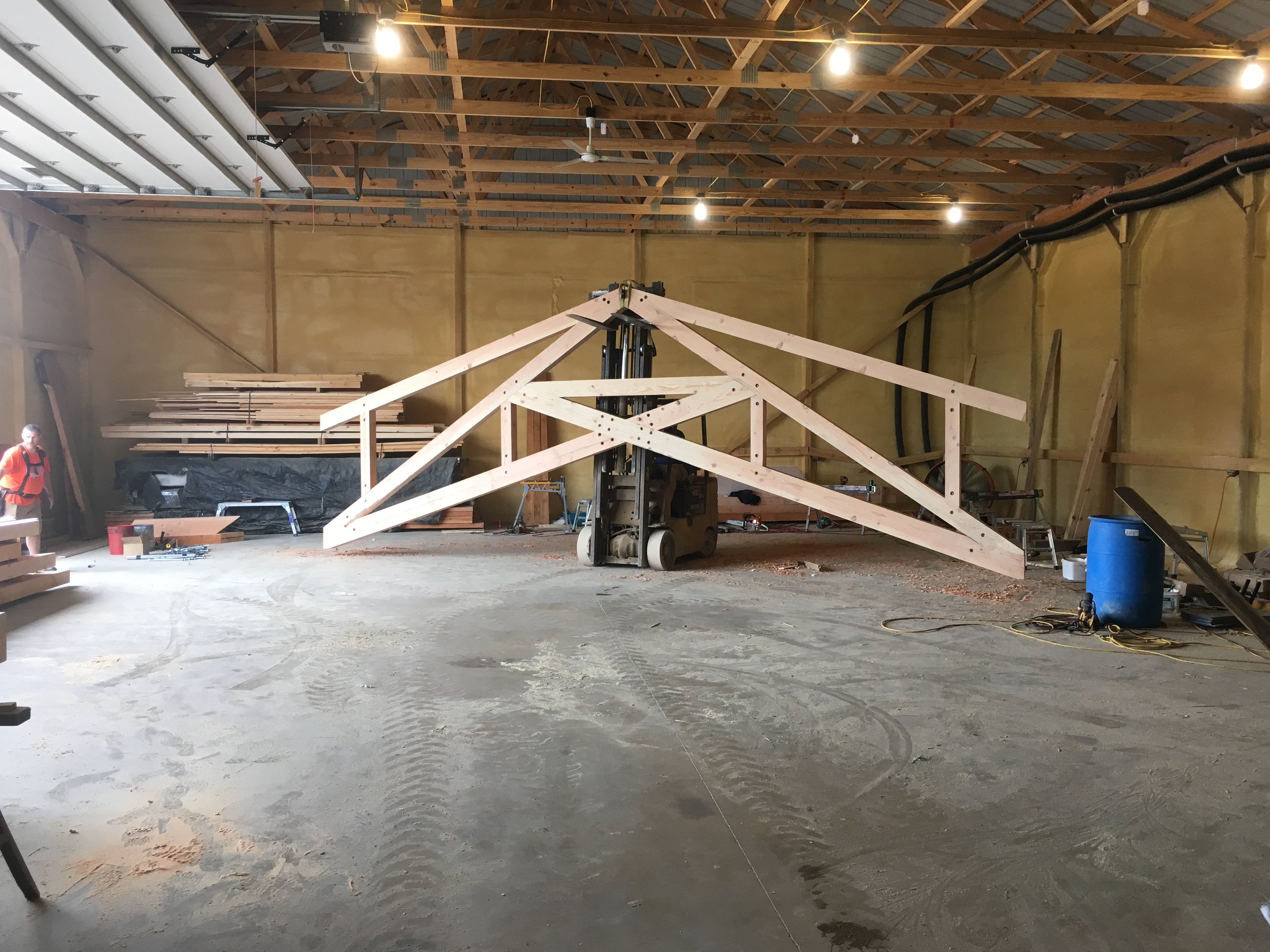
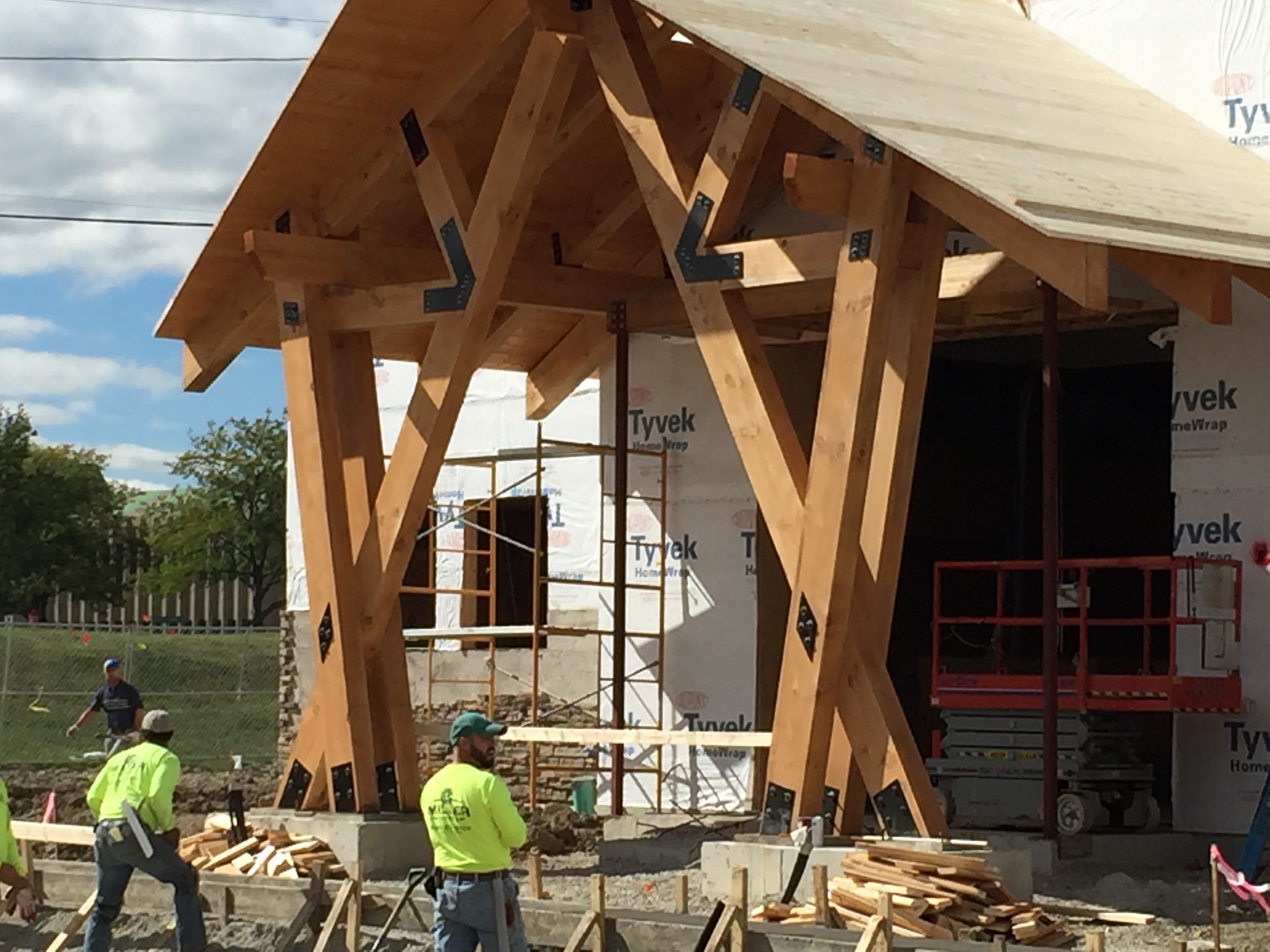
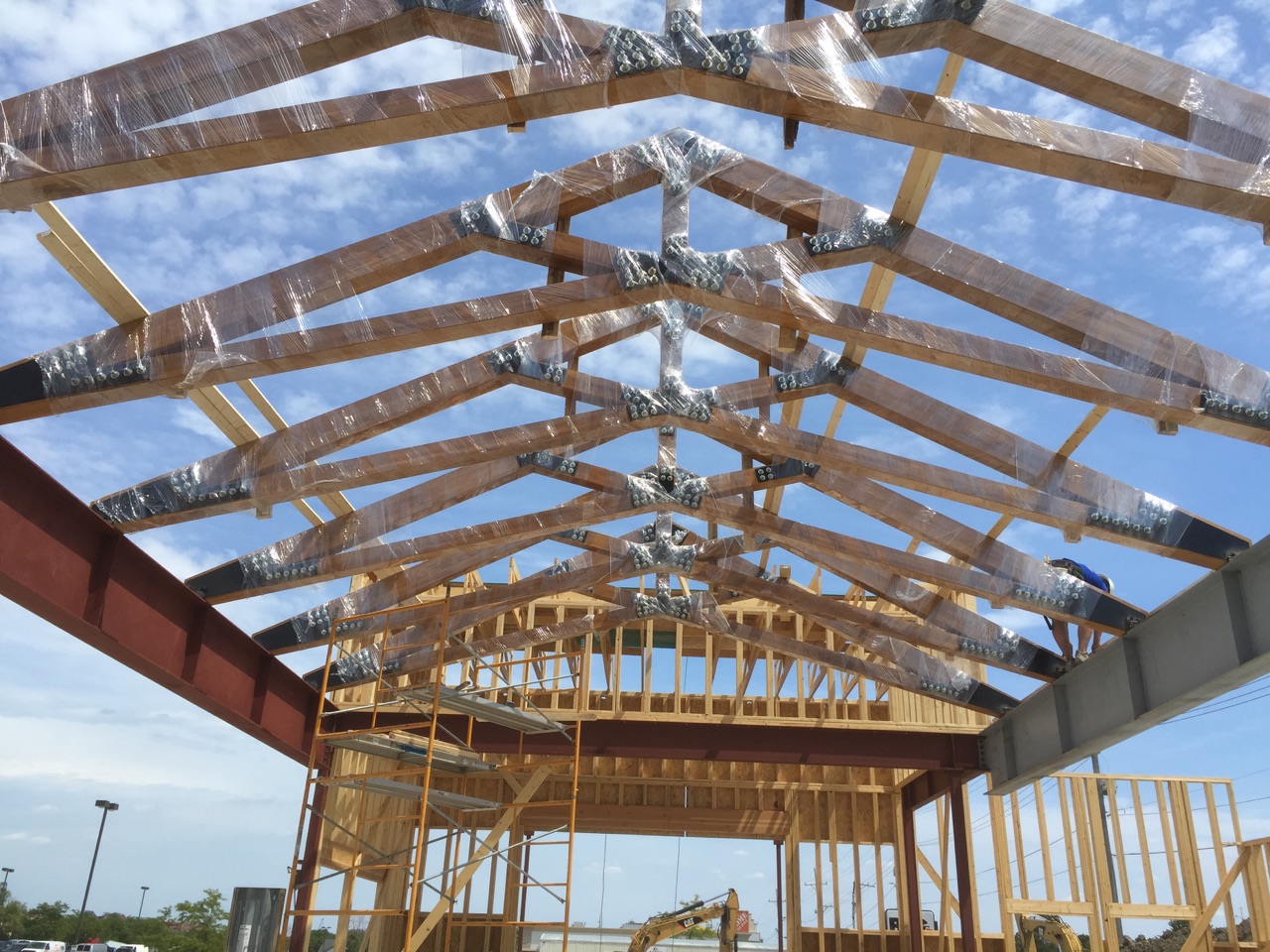
King Post Truss
A king post truss, or turkey track truss, is built with two principal rafters, a tie beam, a central vertical post, and two struts. The central vertical post is what gives the king post truss its triangle shape. For added support, one strut is placed at a 45° angle on each side. The king truss is one of the most simple and cost-effective truss designs.

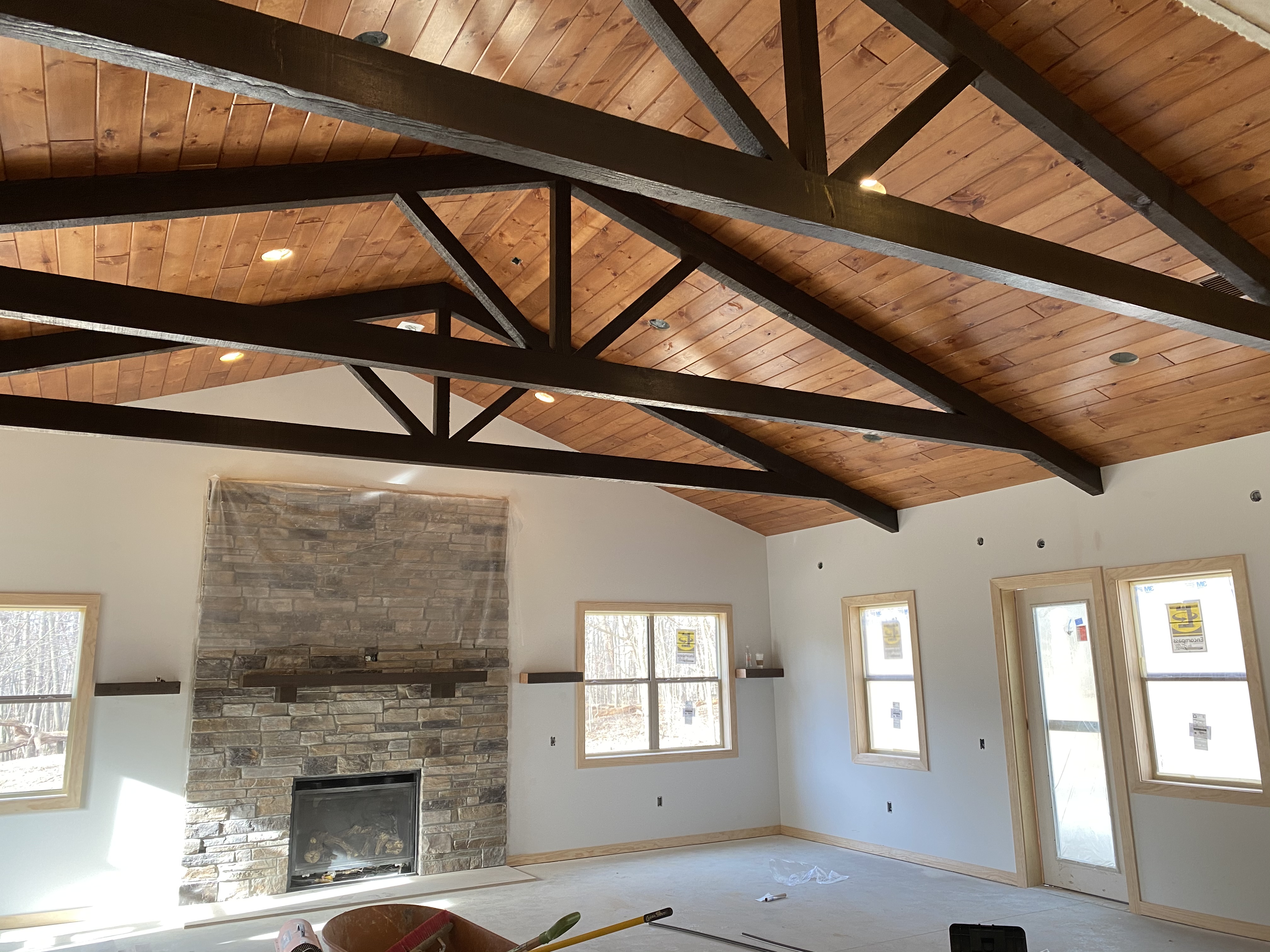
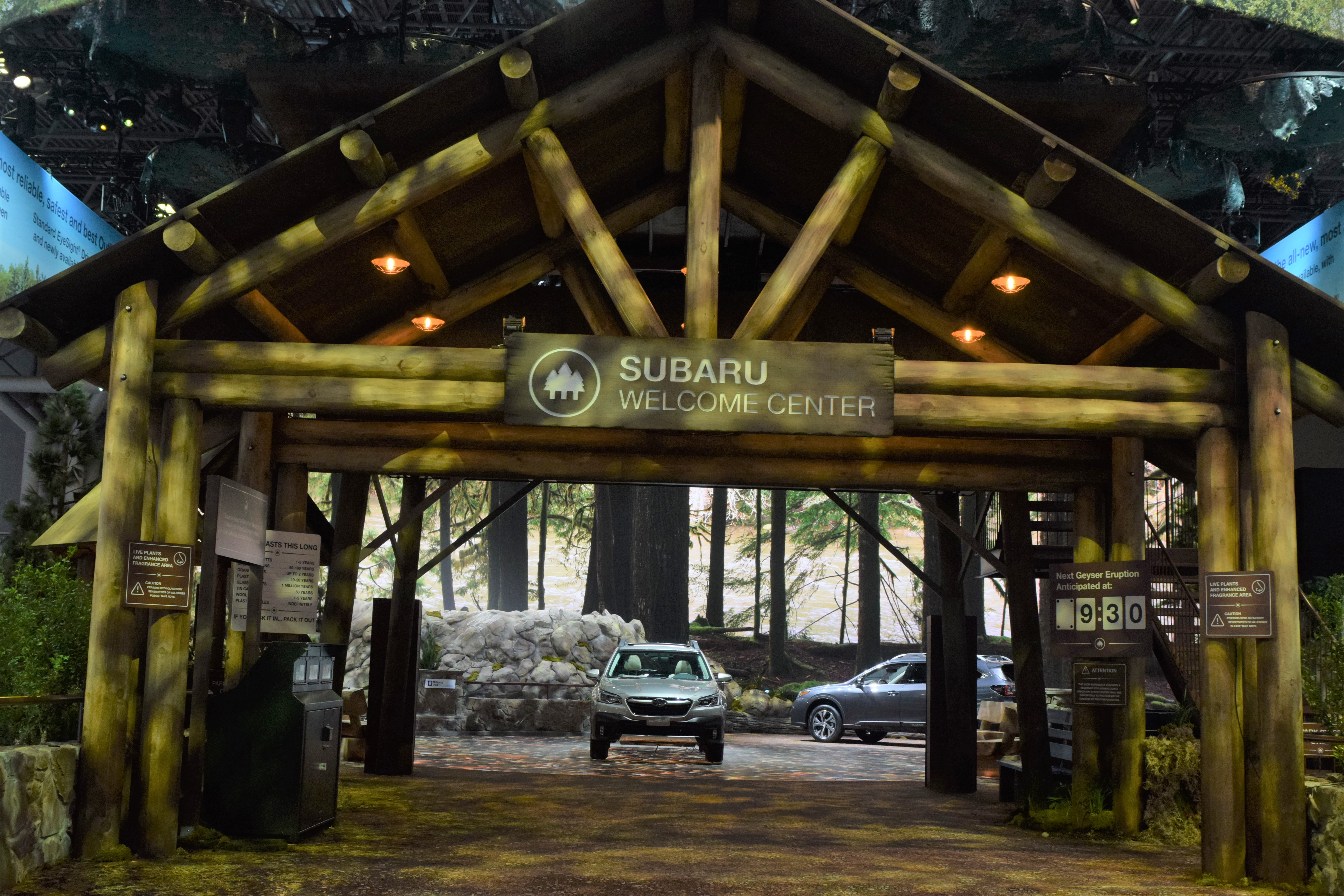
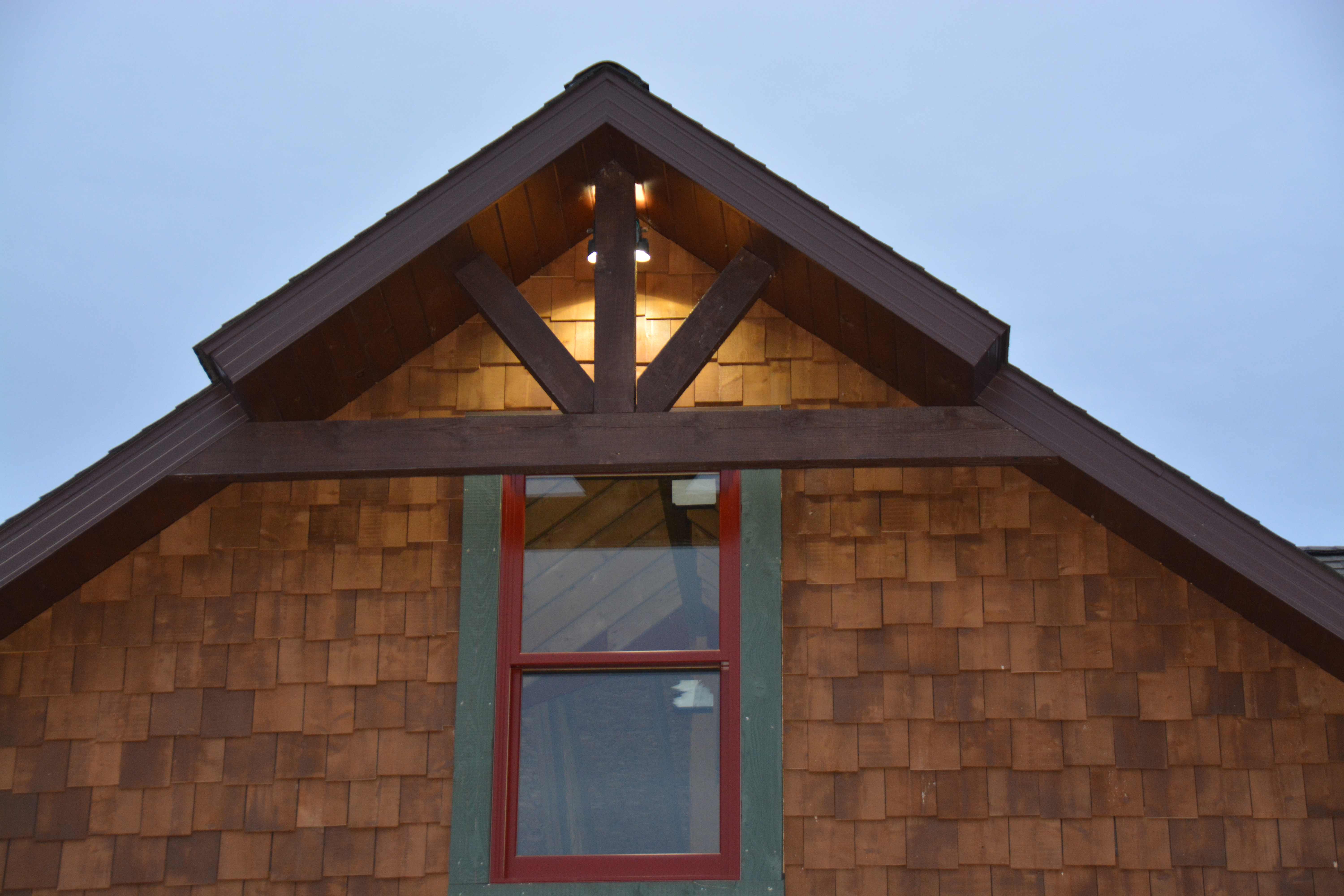
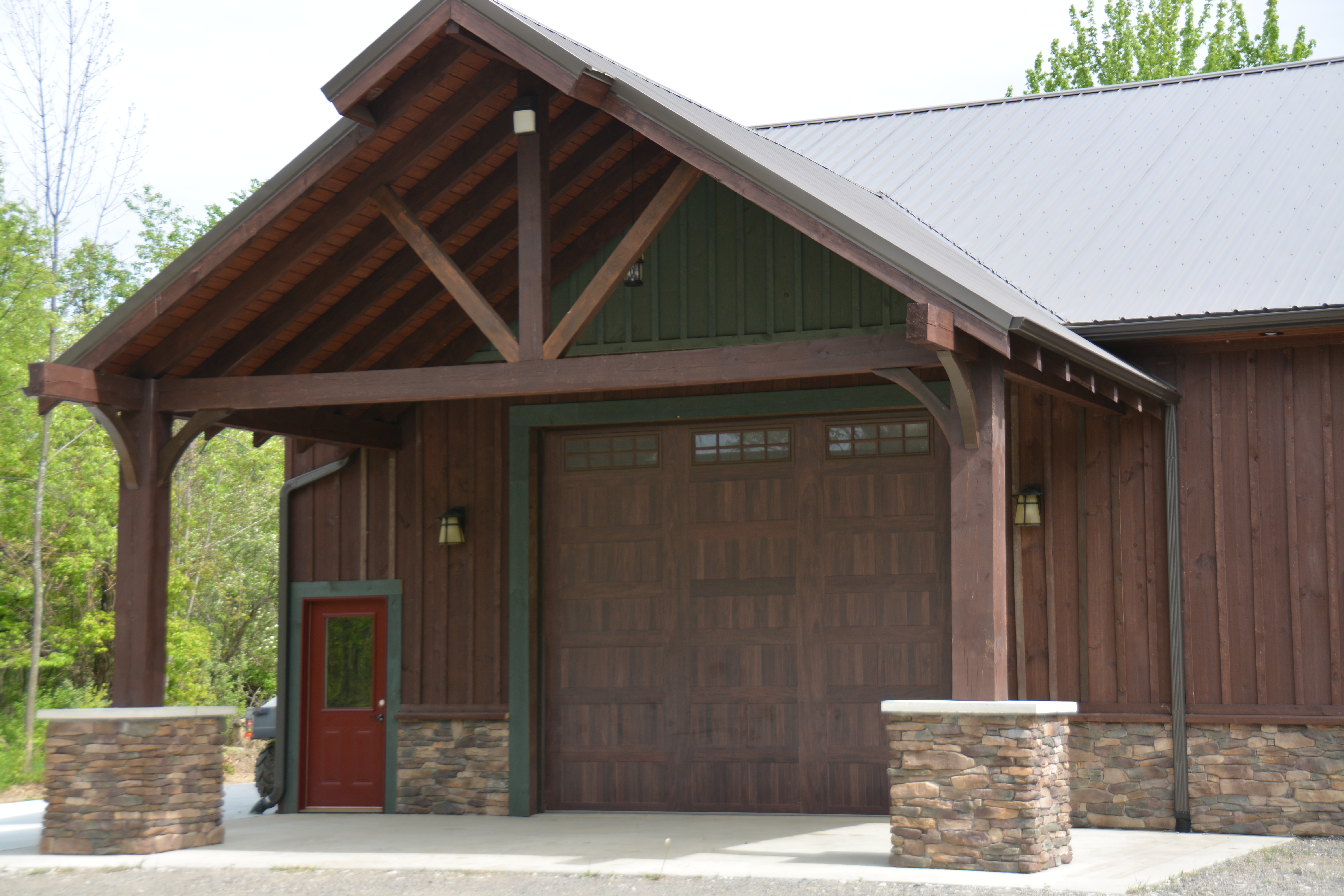
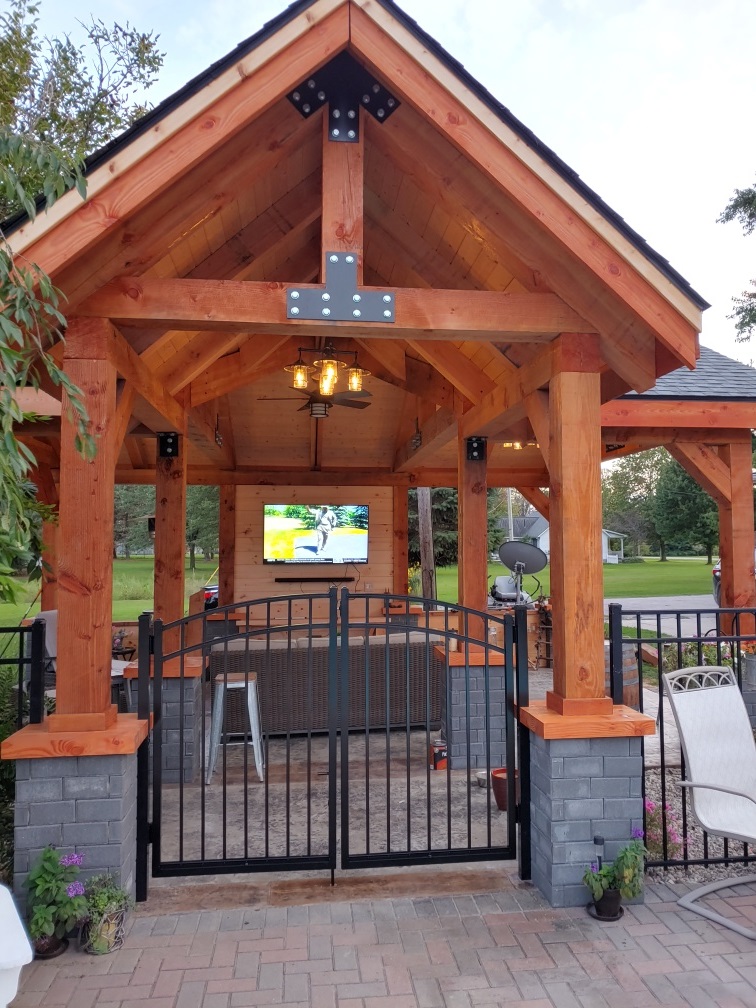
Arch bottom Truss
Think of an arch bottom truss like a king post truss, only taken up a notch. While the overall truss design concept remains the same, the bottom beam is curved, or arched, for a more decorative look.
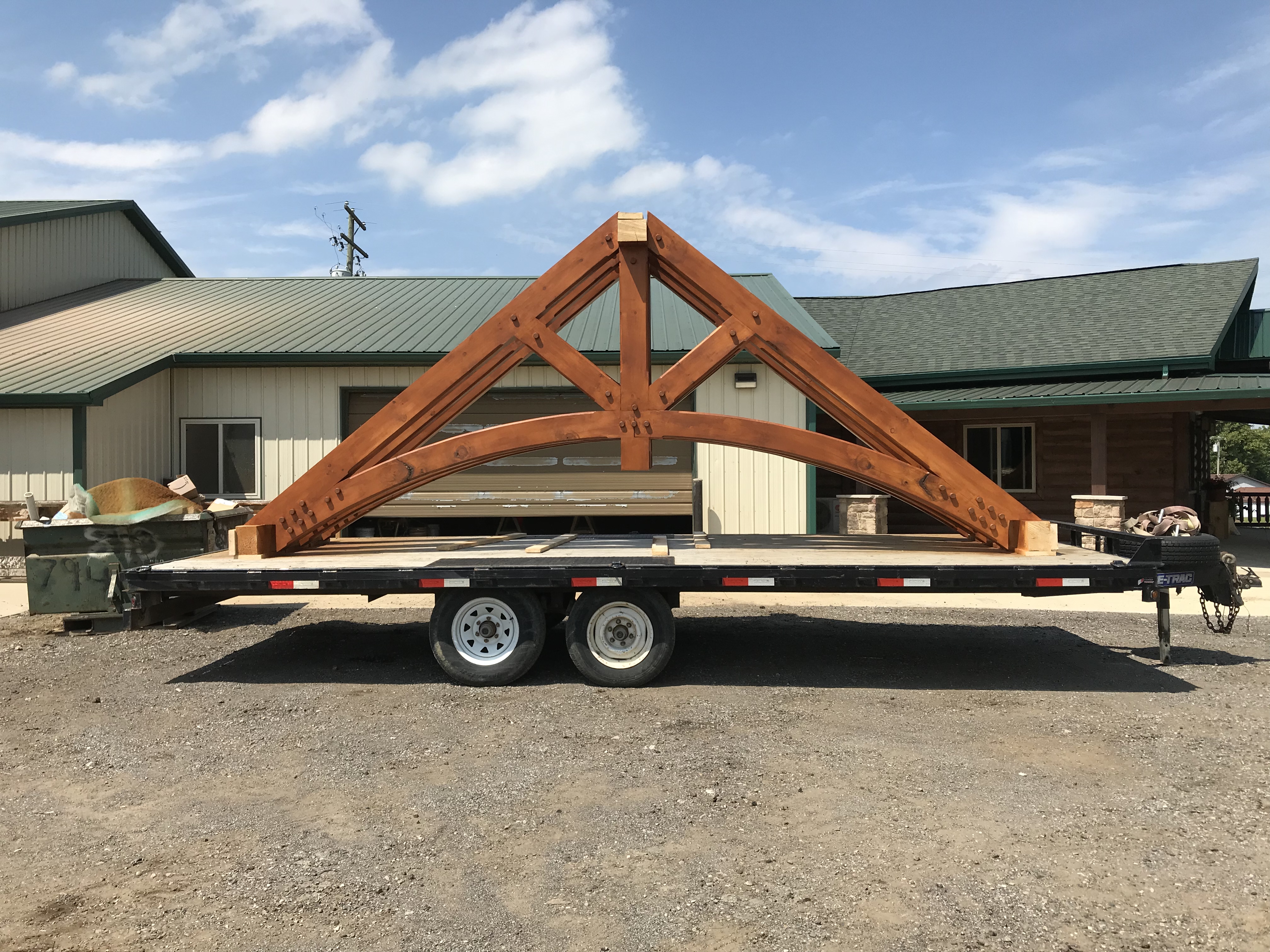
Queen Post Truss
Although similar in design, the queen post truss varies slightly from the king post truss and has some additional capabilities. The main difference between king post truss and queen post truss designs is that a queen truss uses two central supporting posts rather than one. This allows queen post trusses to span longer openings than king post trusses and makes them better suited for larger residential projects.
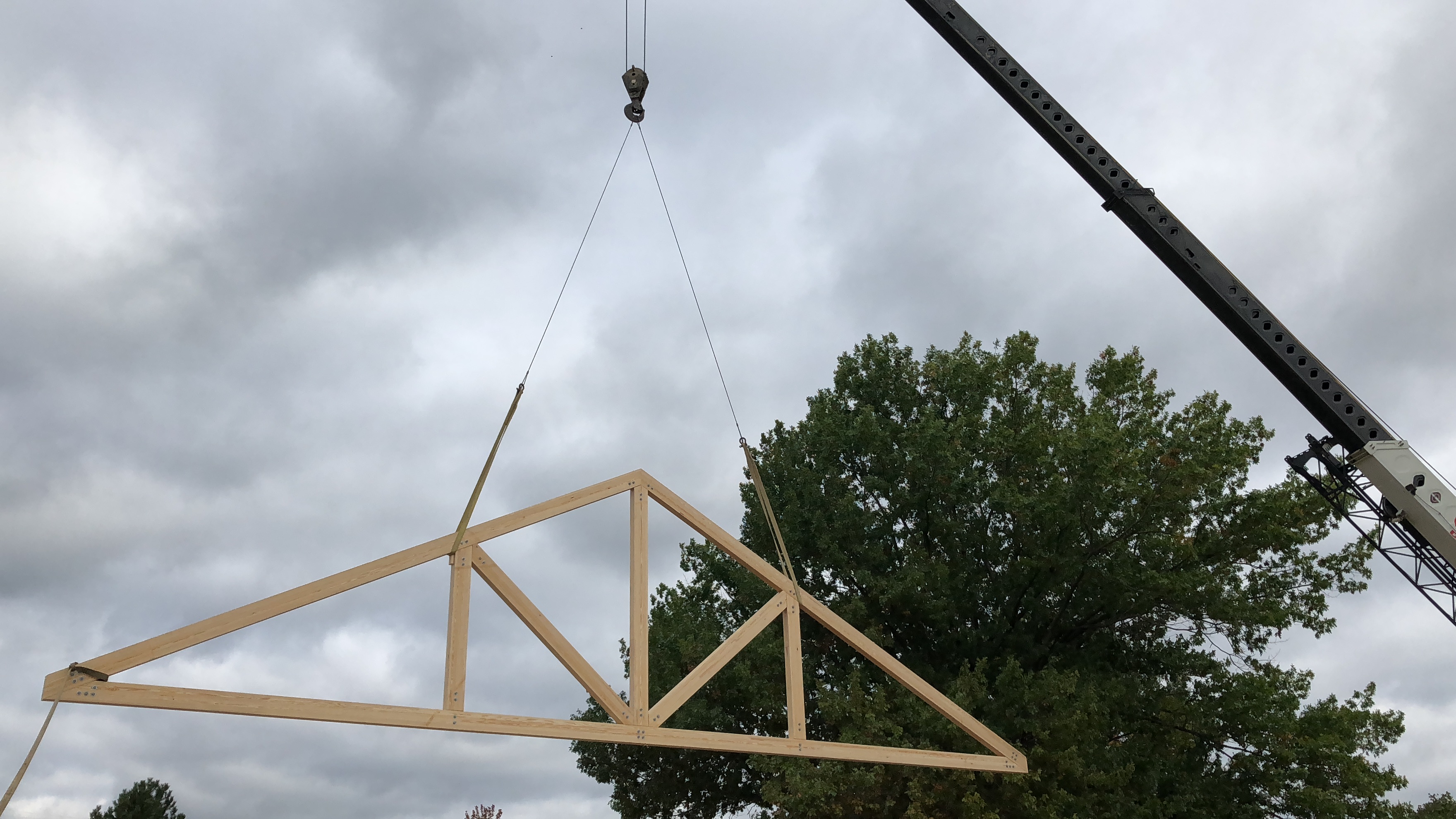

Multiple King Post Truss
A multiple king post truss is a type of longitudinal truss that can be thought of as a cross between a king post truss and a queen post truss. Installing this type of truss is an easy way to stretch the span capability of a truss. A multiple king post truss features diagonal beams, sometimes referred to as gunstock verticals, for support in between each panel. These trusses can either be built with an even number of panels, so that all the diagonals are in tension and compression. For multiple king post trusses with an odd number of panels, diagonals are opposing (or crossing).

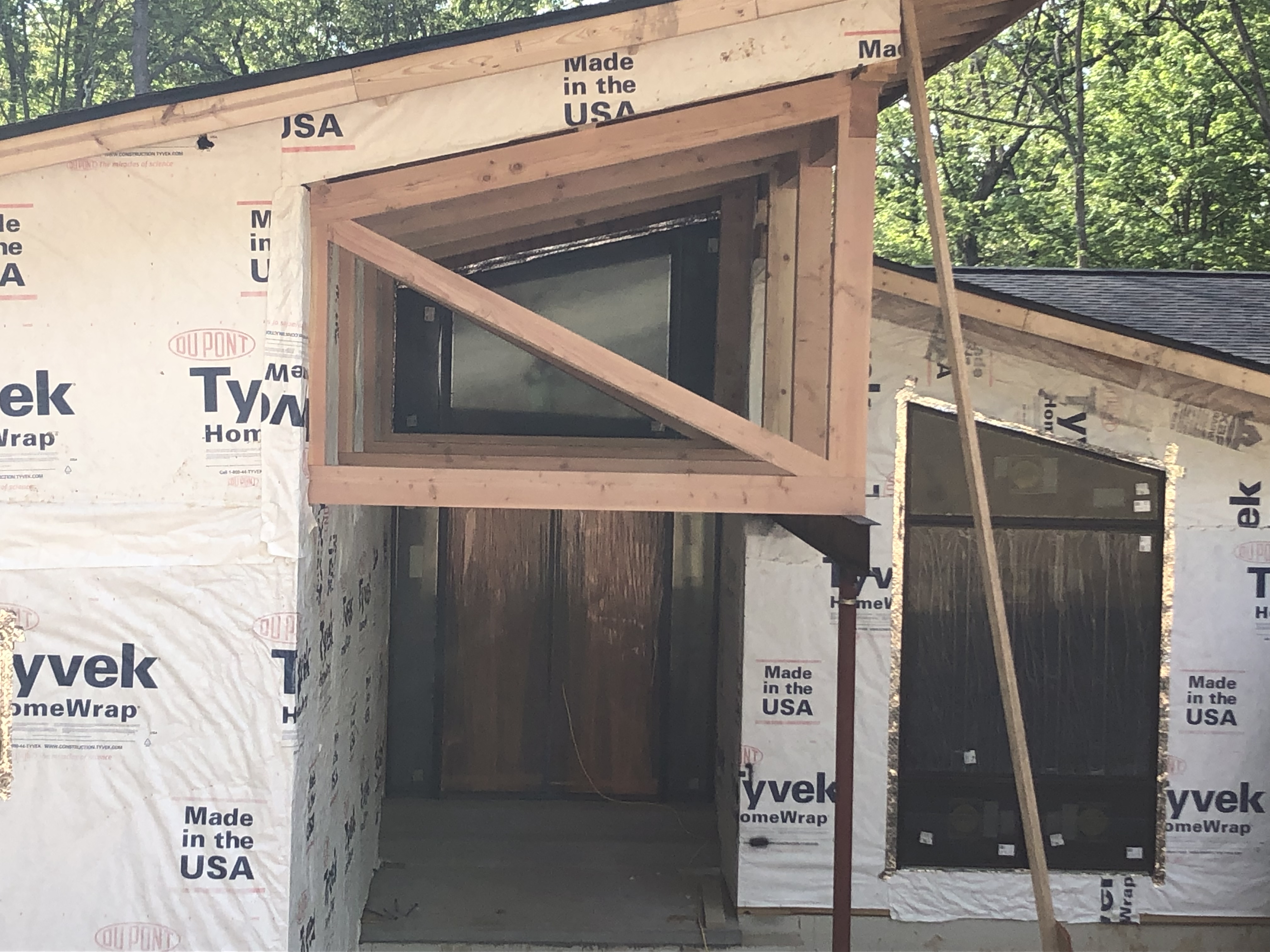
Hammer Beam Truss
The hammer beam truss design comes from the old-style cathedrals. Rather than using one log to span the entire length of a room, it uses short beams, or hammer beams, projecting from the wall. Additional hammer posts are built on top to support the rafters, creating an overall decorative look.
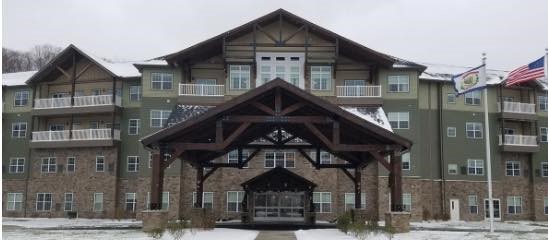
Custom Built Trusses
From truss design to installation, the expert craftsmen at Northern Log Supply will work with you to build custom wood trusses. We offer a variety of different trusses that are pre-engineered to meet your specifications and delivered directly to your site. Choose from smooth or rough-sawn logs or timbers. All our trusses are available in any of our pre-finishing wood stain colors, but we can also custom match colors to meet your specifications. We also offer a variety of truss connections like steel gusset plates and hidden connectors. Contact us today to discuss your truss design requirements.
